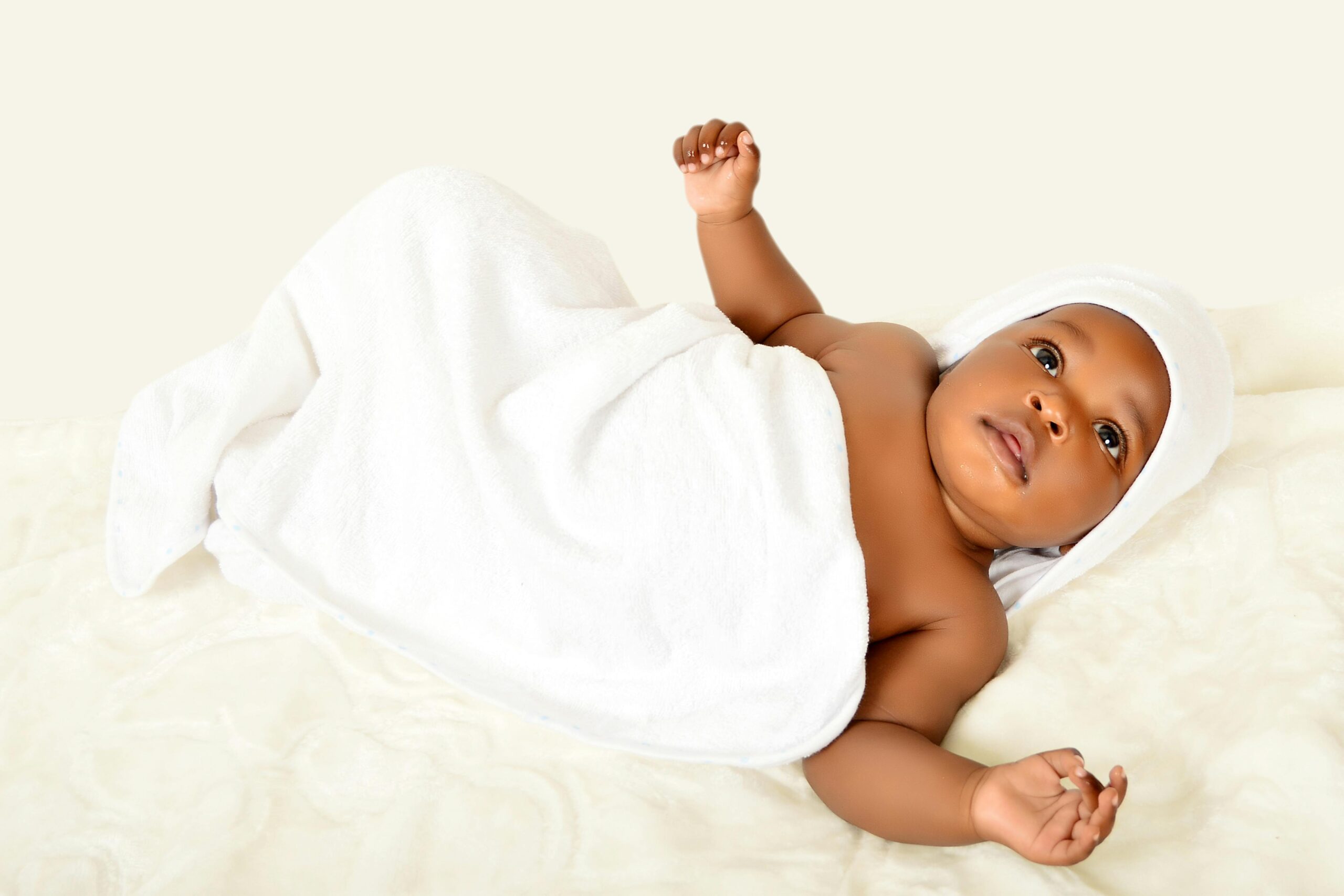Febrile convulsions are sudden shaking episodes (seizures) that happen in young children when they have a high fever. These seizures usually last a few minutes and stop on their own. They are most common between 3 months and 6 years of age. Although frightening to see, febrile convulsions generally do not cause long-term problems.
You can ask your own question to a licensed healthcare provider here for free. It may take up to 7 days to get an answer. If you want a consultation in minutes, book now with Hope+ our premium and best health consultation service in Uganda.
What causes febrile convulsions?
In Uganda, the main causes of fever that may trigger convulsions include:
- Malaria
- Infections of the lungs or breathing system (respiratory infections)
- Urinary tract infections
- Other illnesses that cause a high fever
What are the signs of febrile convulsions?
- High temperature above 38 degrees Celsius
- Sudden shaking or jerking of the body, usually lasting less than 5 minutes and never more than 15 minutes
- The convulsions may happen again if the fever stays high
- After the convulsions stop, the child is usually normal and does not show signs of brain damage or weakness
What other conditions can look like febrile convulsions?
Doctors check to make sure the child does not have:
- Epilepsy or repeated seizures without fever
- Infections of the brain such as meningitis or encephalitis
- Head injury
- Low blood sugar
- If it is hard to be sure, especially in children under 2 years, further tests or treatments for meningitis might be needed
How are febrile convulsions diagnosed?
Doctors use several tests to find the cause of fever and rule out other conditions:
- Malaria blood test
- Blood sugar test
- Full blood count
- Urine tests
- Chest X-ray if needed
- Sometimes a spinal fluid test (lumbar puncture) if meningitis is suspected
How are febrile convulsions treated?
- Use lukewarm water to gently sponge the child to lower the fever
- Give paracetamol syrup or tablets to reduce fever (dose is 15 mg per kilogram every 6 hours until the fever goes down)
- If the child is having a convulsion, diazepam can be given as a suppository or rectal solution to stop the seizure (dosage is 500 micrograms per kilogram with a maximum of 10 mg, and can be repeated after 10 minutes if needed)
- If the child is unconscious, place them on their side to keep the airway clear and monitor their breathing and pulse carefully
- If seizures continue for a long time or come back frequently, urgent hospital care is needed
How can febrile convulsions be prevented?
- Caregivers should learn how to keep the child’s fever under control using tepid sponging and paracetamol
- Early treatment of infections that cause fever is important


